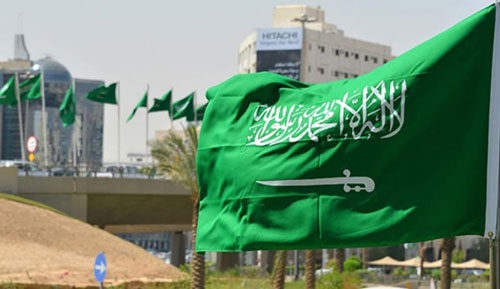Washington
South Asia’s heavy reliance on state-owned commercial banks, state-owned enterprises, public-private partnerships and other national and sub-national public entities conceals its vulnerability to accumulating unsustainable levels of debt.
According to a recent World Bank report, ‘Hidden Debt: Solutions to Avert the Next Financial Crisis in South Asia,’ South Asia is more exposed to the risk of “hidden debt” from state-owned commercial banks (SOCBs), state-owned enterprises (SOEs) and public-private partnerships (PPPs) because of its greater reliance on them compared to other regions.
But the report offers key areas for policy actions and concrete reforms that can help governments leverage public capital more responsibly through these types of entities to advance economic development.“The Covid-19 pandemic has highlighted South Asia’s rising levels of public debt.
The region is more exposed to the risk of hidden debt because it relies heavily on the governments’ involvement in markets to aid economic development, said Hartwig Schafer, World Bank Vice President for South Asia, said the report.
“But the crisis demonstrates the critical importance of the judicious use of debt-financed public commitments and debt transparency to build back better, more sustainably, and more equitably.
”Hidden Debt studies the trade-offs between addressing development challenges directly through state presence in the markets and the risk of accumulating high levels of debt due to economic inefficiencies of off-balance sheet operations.
It focuses on SOBCs, SOEs and PPPs and their contingent liabilities—obligations incurred by governments off their balance sheets that have triggers for payment.
Over time, part of the debt is revealed as it hits the central government budget and debt stock, but a large part remains hidden under the radar of existing financial disclosure standards.
“The efficiency of South Asian state-owned banks and other state-owned enterprises is well below the international benchmark,” said Hans Timmer, World Bank Chief Economist for South Asia.—AFP










